Home>Garden Essentials>Garden Storage>How To Build Work Wardrobe


Garden Storage
How To Build Work Wardrobe
Modified: January 5, 2024
Discover the ultimate guide on how to build a versatile work wardrobe with ample storage options. Achieve a stylish and organized look with our expert tips and recommendations.
(Many of the links in this article redirect to a specific reviewed product. Your purchase of these products through affiliate links helps to generate commission for Storables.com, at no extra cost. Learn more)
Introduction
Welcome to the world of professional fashion! Building a work wardrobe is not just about looking good; it’s about presenting yourself in a confident and polished manner. Your workplace attire plays a crucial role in creating a positive impression and establishing your professional identity.
However, navigating the world of work fashion can be challenging, especially if you are just starting out or transitioning to a new job. The key is to create a versatile wardrobe that suits your workplace’s dress code while reflecting your personal style. In this article, we will guide you through the process of building a work wardrobe that is both functional and fashionable.
Before we dive into the specifics, it’s important to note that every workplace has its own dress code, ranging from business formal to business casual or even casual. Make sure you understand your company’s expectations and requirements so that you can dress appropriately. It’s always better to err on the side of being slightly more formal rather than underdressed.
Now, let’s get started on the journey to building your perfect work wardrobe!
Key Takeaways:
- Build a versatile work wardrobe by assessing your needs, understanding dress codes, and choosing essential pieces. Mix and match outfits, accessorize, and maintain your wardrobe for a stylish and professional image.
- Create a cohesive work wardrobe with neutral colors, high-quality fabrics, and timeless pieces. Embrace a capsule wardrobe approach, experiment with mixing and matching, and elevate your outfits with the right accessories.
Read more: How To Build A Capsule Work Wardrobe
Assessing Your Wardrobe Needs
Before you start building your work wardrobe, it’s essential to assess your current wardrobe and determine what you already have and what you need. Take a good look at your existing clothes and identify any gaps or areas that need improvement. Here are a few factors to consider when assessing your wardrobe:
- Work Environment: Take into account the nature of your work environment. If you work in a conservative industry like finance or law, you may need to prioritize more formal pieces like suits and tailored dresses. On the other hand, if you work in a creative or casual environment, you can have more flexibility in your outfit choices.
- Dress Code: Familiarize yourself with your company’s dress code policy. Are you required to wear business professional attire every day, or is business casual the norm? Knowing the expectations will help you prioritize certain types of clothing and accessories.
- Seasons and Climate: Consider the climate where you live and work. If you experience hot summers and cold winters, you’ll need a variety of clothing options to accommodate different seasons. Additionally, think about the ventilation and insulation of your workplace when choosing fabrics and layering options.
- Lifestyle and Activities: Evaluate your work-related activities and events outside of the office. Do you frequently meet clients, attend conferences, or participate in networking events? These factors will influence the type of clothing and accessories you should include in your wardrobe.
- Colors and Patterns: Identify the dominant colors and patterns in your current wardrobe. This will help you determine if you need to add some variety or if certain pieces can be mixed and matched with what you already have.
By assessing your wardrobe needs, you’ll be able to make informed decisions when selecting new pieces for your work wardrobe. It’s important to strike a balance between functional pieces that align with your work environment and clothing that reflects your personal style. Remember, a well-curated work wardrobe will empower you to dress confidently and make a lasting impression in your professional endeavors.
Understanding Dress Codes
Dress codes can vary widely depending on the industry, company, and specific work environment. It’s crucial to understand the dress code requirements of your workplace in order to build a work wardrobe that meets the expectations. Let’s explore some common dress codes you may encounter:
- Business Professional: This is the most formal dress code, typically seen in industries such as banking, accounting, or law. Men are expected to wear suits, which include a tailored jacket, dress pants, dress shirt, tie, and closed-toe shoes. Women should wear tailored suits, dresses, or skirts paired with blouses and closed-toe shoes.
- Business Casual: Business casual is a more relaxed dress code, still requiring professional attire but with a more casual vibe. For men, this might mean wearing dress pants or chinos, a collared dress shirt or polo shirt, and loafers or dress shoes. Women can opt for dress pants or skirts paired with blouses, blazers, or cardigans, along with closed-toe shoes or dress sandals.
- Casual: In some workplaces, a completely casual dress code might be allowed. This could include jeans, t-shirts, and sneakers. However, it’s important to still maintain a polished appearance even in a casual dress code environment.
- Smart Casual: Smart casual is a step up from casual attire, often seen in creative or tech industries. For men, this might mean wearing tailored pants or chinos paired with a collared shirt or sweater, and dress shoes or clean sneakers. Women can opt for dress pants or skirts with blouses or stylish tops, along with dress shoes or fashionable sneakers.
- Company-Specific Dress Codes: Some companies may have specific dress codes that align with their brand image or values. These could range from a uniform or branded attire to specific guidelines on color choices or clothing styles. Make sure to familiarize yourself with any additional dress code requirements unique to your workplace.
Understanding and adhering to the dress code is essential, as it showcases your professionalism and respect for the company culture. However, within each dress code, there may still be room to let your personal style shine. By understanding the dress code guidelines and infusing your personality into your outfit choices, you can create a work wardrobe that reflects both professionalism and individuality.
Choosing Essential Pieces
When building your work wardrobe, it’s important to start with essential pieces that form the foundation of your outfits. These key pieces should be versatile, timeless, and appropriate for your specific dress code. Here are some essential pieces to consider:
- Classic Suit: A well-fitted suit is a timeless staple for any professional wardrobe. Opt for a neutral color like black, navy, or gray, as they are versatile and can be easily mixed and matched with other pieces.
- Dress Shirts and Blouses: Invest in high-quality dress shirts and blouses in different styles and colors. Stick to neutrals like white and light blue, as well as classic patterns like stripes or checks. These can be paired with suits, pants, or skirts for a polished and professional look.
- Dress Pants and Skirts: Have a few pairs of well-tailored dress pants and skirts in neutral colors. Opt for shapes and lengths that are flattering on your body type and suitable for your dress code.
- Dresses: A versatile dress is a great addition to any work wardrobe. Choose styles that are appropriate for your dress code and can be easily transitioned from day to night with the right accessories.
- Layering Pieces: Include layers like blazers, cardigans, or tailored jackets to add depth and versatility to your outfits. These pieces can elevate a casual look and provide warmth in cooler months.
- Comfortable Shoes: Invest in comfortable, yet stylish, shoes that are suitable for your workplace. Opt for closed-toe shoes like pumps, loafers, or oxfords, depending on your preference and dress code.
- Accessorize: Don’t forget to include accessories like belts, scarves, and jewelry to enhance and personalize your outfits. These can add interest and personality to your work attire.
- Tailoring: Lastly, remember the importance of proper tailoring. Invest in alterations to ensure that your clothing fits you well and flatters your body shape. Well-fitted clothing can make a significant difference in your overall appearance.
By carefully selecting these essential pieces, you can create a versatile and functional work wardrobe that meets the requirements of your dress code while showcasing your personal style. Build a solid foundation with timeless pieces, and you can easily expand and accessorize to create a wide range of professional outfits.
Selecting the Right Colors and Fabrics
When building a work wardrobe, it’s important to consider both colors and fabrics. The colors you choose can impact the overall look and feel of your outfits, while the fabrics determine the comfort and durability of your garments. Let’s explore some tips for selecting the right colors and fabrics for your work wardrobe:
- Neutral Colors: Incorporating neutral colors like black, navy, gray, and white is a wise choice as they are versatile and timeless. These colors can easily be mixed and matched with other pieces in your wardrobe, allowing for endless outfit combinations.
- Accent Colors: Besides neutrals, consider adding a few accent colors to your work wardrobe. These can be achieved through blouses, ties, accessories, or even colored pants or skirts. Choose colors that complement your skin tone and suit your personal preferences.
- Classic Patterns: Incorporating classic patterns such as pinstripes, checks, and polka dots can add visual interest to your outfits. These patterns are professional and can be easily paired with solid-colored pieces.
- Fabric Quality: Invest in high-quality fabrics that not only look good but also last longer. Look for fabrics like wool, cotton, silk, and polyester blends that are durable and comfortable to wear throughout the day.
- Consider the Season: When selecting fabrics, consider the season and climate of your workplace. Lighter fabrics like linen and cotton are suitable for warmer months, while heavier materials like wool and tweed are ideal for colder seasons.
- Wrinkle-Resistant Fabrics: Opt for wrinkle-resistant fabrics, especially if you commute or travel frequently for work. This will help you maintain a polished appearance throughout the day without worrying about creases and wrinkles.
- Care and Maintenance: Take into consideration the care and maintenance required for different fabrics. Some fabrics may require dry cleaning, while others can be easily machine washed. Choose fabrics that align with your lifestyle and time constraints.
By selecting the right colors and fabrics, you can create a cohesive and professional work wardrobe that suits your personal style and adheres to your workplace’s dress code. Remember, the goal is to strike a balance between creating a polished and put-together look while still feeling comfortable and confident in your clothing choices.
Invest in classic, versatile pieces like a tailored blazer, tailored pants, a white button-up shirt, and a little black dress. These items can be mixed and matched to create a variety of professional looks.
Read more: How To Build A Work Wardrobe On A Budget
Building a Capsule Wardrobe
A capsule wardrobe is a curated collection of essential and versatile pieces that can be mixed and matched to create a variety of outfits. It’s a strategic approach to minimize clutter, simplify getting dressed, and maximize the potential of your wardrobe. Here’s how you can build a capsule wardrobe for your work attire:
- Identify Core Pieces: Start by selecting your core pieces, which are the foundation of your capsule wardrobe. These core pieces should be timeless, versatile, and appropriate for your workplace’s dress code. Think of essentials like a classic suit, tailored pants, skirts, and neutral-colored blouses.
- Create Color Scheme: Establish a color scheme within your capsule wardrobe to ensure that all pieces can be easily mixed and matched. Stick to neutral colors like black, white, gray, and navy as they are versatile and create a cohesive look. Add a few accent colors for variety.
- Consider Outfit Combinations: As you select your pieces, visualize how they can be combined to create different outfits. Aim for pieces that can be paired in multiple ways. For example, a blazer can be worn with a dress, pants, or a skirt, providing various outfit options.
- Focus on Quality over Quantity: When creating a capsule wardrobe, prioritize quality over quantity. Invest in well-made, durable pieces that will last longer. High-quality garments not only look better but also tend to fit better, making you feel more confident in your work attire.
- Consider Versatile Accessories: Accessories play a crucial role in elevating your outfits. Choose a few versatile accessories like belts, scarves, and jewelry that can be mixed and matched with different outfits. These accessories can add flair and personality to your professional look.
- Stick to a Budget: Building a capsule wardrobe doesn’t mean breaking the bank. Set a budget for yourself and find ways to shop smartly. Look for sales, discounts, and consider shopping secondhand for quality pieces at a lower price point.
- Edit and Reassess Regularly: Periodically review and edit your capsule wardrobe. Remove items that no longer serve you or don’t align with your current style preferences. This will help keep your wardrobe streamlined and ensure that you are making the most of your clothing options.
Building a capsule wardrobe for work can simplify your mornings, reduce decision fatigue, and allow you to focus on the essential tasks of the day. It’s an efficient and practical approach to dressing while still maintaining a stylish and professional appearance.
Mixing and Matching Outfits
One of the key benefits of building a versatile work wardrobe is the ability to mix and match pieces to create a variety of outfits. This not only allows you to maximize the use of your clothing but also provides endless possibilities for creating stylish and unique looks. Here are some tips for mixing and matching outfits:
- Start with the Basics: Begin by pairing your core pieces, such as a tailored blazer with dress pants or a skirt. These basics form the foundation of your outfit and set the tone for the overall look.
- Experiment with Different Combinations: Don’t be afraid to mix different colors, textures, and patterns. For example, pair a patterned blouse with solid-colored pants or a neutral blouse with a printed skirt. Experimenting with different combinations will help you discover new and stylish outfits.
- Layering: Layering is a versatile technique that can transform a simple outfit into a polished ensemble. Add a cardigan, blazer, or a stylish jacket to create dimension and interest. Play with different lengths and textures to create visually appealing outfits.
- Accessorize: Accessories can make a significant difference in transforming an outfit. Add a belt to cinch in your waist, wear statement jewelry to add a pop of style, or experiment with different shoes and handbags to complete your look.
- Consider Color Coordination: Aim to create outfits using complementary or analogous colors from your color scheme. This will ensure that your outfits look harmonious and well put-together. You can also use color accents to add visual interest to an otherwise neutral outfit.
- Play with Silhouettes: Varying the silhouettes of your outfits can create different looks. For example, pair a fitted top with wide-leg pants or a flowy blouse with a pencil skirt. Experiment with different proportions to create visually appealing outfits.
- Take Advantage of Accessories: Accessories can completely transform an outfit. Swap out your shoes, add a statement necklace, or tie a scarf in a creative way to give your outfit a fresh and unique touch.
- Try Unexpected Pairings: Don’t be afraid to mix and match pieces that may not traditionally go together. Pair a feminine blouse with tailored trousers or a structured blazer with a casual dress. Trying unexpected pairings can lead to new and exciting outfit combinations.
By leveraging the art of mixing and matching, you can create a wide range of outfits from a smaller selection of clothing. It allows you to showcase your creativity, maximize the use of your wardrobe, and always look stylish and put-together in your work attire.
Accessorizing Your Work Wardrobe
Accessories play a crucial role in elevating and personalizing your work wardrobe. These small but impactful details can transform a basic outfit into a stylish ensemble. When accessorizing your work outfits, keep the following tips in mind:
- Jewelry: Select jewelry that adds a touch of elegance and sophistication to your look. Simple, classic pieces like a delicate necklace, stud earrings, or a sleek watch can work wonders. Avoid wearing excessive or distracting jewelry that may overshadow your professional appearance.
- Belts: Belts are not only functional but also a great way to define your waist and add visual interest to your outfit. Opt for a classic leather belt in a neutral color, or experiment with different widths and buckle styles to suit your personal style.
- Scarves: Scarves are versatile accessories that can add a pop of color, texture, and style to your outfits. You can wear them around your neck, tie them as a headband, or drape them over your shoulders. Experiment with different prints and materials to create different looks.
- Bags: A stylish and professional bag is an essential accessory for carrying your work essentials. Opt for a classic tote, a structured handbag, or a briefcase that matches your style and the formality of your workplace. Choose a neutral or versatile color that coordinates with your wardrobe.
- Hats: Depending on your workplace and the formality of your dress code, hats can be a stylish addition to your work outfits. Opt for classic styles like a wide-brimmed hat or a sophisticated fedora that complements your attire and adds a touch of personality.
- Shoes: Your choice of shoes can make or break your outfit. Invest in comfortable yet stylish footwear that complements your work attire. Opt for classic pumps, loafers, or Oxfords in neutral colors that can be easily paired with various outfits.
- Tights and Socks: Don’t forget about the finishing touches that can elevate your look even further. Choose tights in different colors and patterns to add warmth and style to dresses and skirts. For men, selecting high-quality socks in coordinating colors can add a touch of sophistication to your work wardrobe.
- Hair Accessories: Hair accessories are not limited to the office. Opt for headbands, hairpins, or stylish clips that can keep your hair neatly in place while adding a touch of glamor to your overall look.
Accessorizing your work wardrobe allows you to showcase your personal style, bring individuality to your outfits, and enhance your professional appearance. However, don’t overdo it—remember to maintain a balance and ensure your accessories complement your outfit rather than overpowering it. The right accessories can elevate your work attire and help you make a lasting impression in the workplace.
Maintaining and Updating Your Wardrobe
Maintaining and updating your work wardrobe is essential for keeping it in good condition, adapting to changing trends, and ensuring that you have appropriate attire for different seasons and occasions. Here are some tips for effectively maintaining and updating your work wardrobe:
- Care and Cleaning: Follow the care instructions on your clothing labels to ensure that your garments last longer. Some pieces may require dry cleaning, while others can be washed at home. Proper storage and organization can also help maintain the quality of your clothing.
- Regular Evaluation: Periodically assess your work wardrobe to identify items that need to be repaired, replaced, or removed. Consider factors such as wear and tear, style relevance, and fit. Removing items that no longer serve you will create space for new additions and keep your wardrobe streamlined.
- Invest in Classics: While it’s important to stay updated with fashion trends, prioritize investing in classic, timeless pieces that can withstand the test of time. These pieces will form the foundation of your wardrobe and can be paired with trendier items to create a modern look.
- Follow Fashion Trends: Pay attention to current fashion trends and incorporate them into your work wardrobe selectively. Choose trendy accessories or statement pieces that can easily be mixed and matched with your existing wardrobe to give your outfits a fresh and fashionable edge.
- Shop with Intention: When updating your wardrobe, shop with intention and only purchase items that add value to your existing collection. Choose pieces that align with your style, fill any gaps in your wardrobe, and can be versatile in different work settings.
- Budget Accordingly: Set a budget for updating your work wardrobe and allocate funds for specific items or categories. This will help you prioritize your purchases and prevent overspending. Consider sales and discounts to make the most of your budget.
- Experiment and Mix: Don’t be afraid to experiment and mix different pieces in your wardrobe. Try pairing older items in new ways or layering them with new additions to create fresh combinations. This allows you to breathe new life into your existing wardrobe without the need for constant shopping.
- Seek Inspiration: Stay inspired by following fashion blogs, magazines, and social media accounts that focus on workwear and professional attire. Take note of outfit combinations, styling ideas, and trends that resonate with your personal style. Adapt them to suit your own wardrobe and preferences.
Maintaining and updating your work wardrobe is an ongoing process that requires attention, care, and a thoughtful approach. By keeping your wardrobe in good condition and staying current with trends, you’ll always have a fashionable and professional wardrobe that reflects your personal style and meets the demands of your workplace.
Read more: How To Build A Wardrobe
Conclusion
Building a work wardrobe that is both functional and fashionable is an investment in your professional image and confidence. By carefully assessing your wardrobe needs, understanding dress codes, and choosing essential pieces, you can create a versatile collection of clothes that aligns with your workplace’s expectations while reflecting your personal style.
Colors and fabrics play a vital role in creating cohesive and polished outfits. Selecting neutral colors as the base and adding accent colors can help you create versatile looks. Additionally, choosing high-quality fabrics that are appropriate for the season and comfort is essential for both style and durability.
A capsule wardrobe approach allows you to optimize your outfit options, making getting dressed easier and more efficient. By mixing and matching different pieces, experimenting with accessories, and exploring different silhouettes, you can create a variety of stylish outfits for any work occasion.
Don’t forget the importance of accessorizing to elevate and personalize your work outfits. From jewelry and belts to scarves and shoes, accessories help add the finishing touches and showcase your individual style in a professional manner.
Maintaining and updating your work wardrobe is an ongoing process. Regular evaluation, care, and intentional shopping will ensure that your wardrobe remains in good condition and meets your evolving needs. By investing in timeless classics while incorporating current trends, you can keep your work wardrobe fresh and up-to-date.
In conclusion, building and maintaining a work wardrobe requires careful consideration, an understanding of dress codes, and a balance between your personal style and professional requirements. By following the tips and strategies outlined in this article, you can confidently dress for success in the workplace and make a lasting impression.
Frequently Asked Questions about How To Build Work Wardrobe
Was this page helpful?
At Storables.com, we guarantee accurate and reliable information. Our content, validated by Expert Board Contributors, is crafted following stringent Editorial Policies. We're committed to providing you with well-researched, expert-backed insights for all your informational needs.
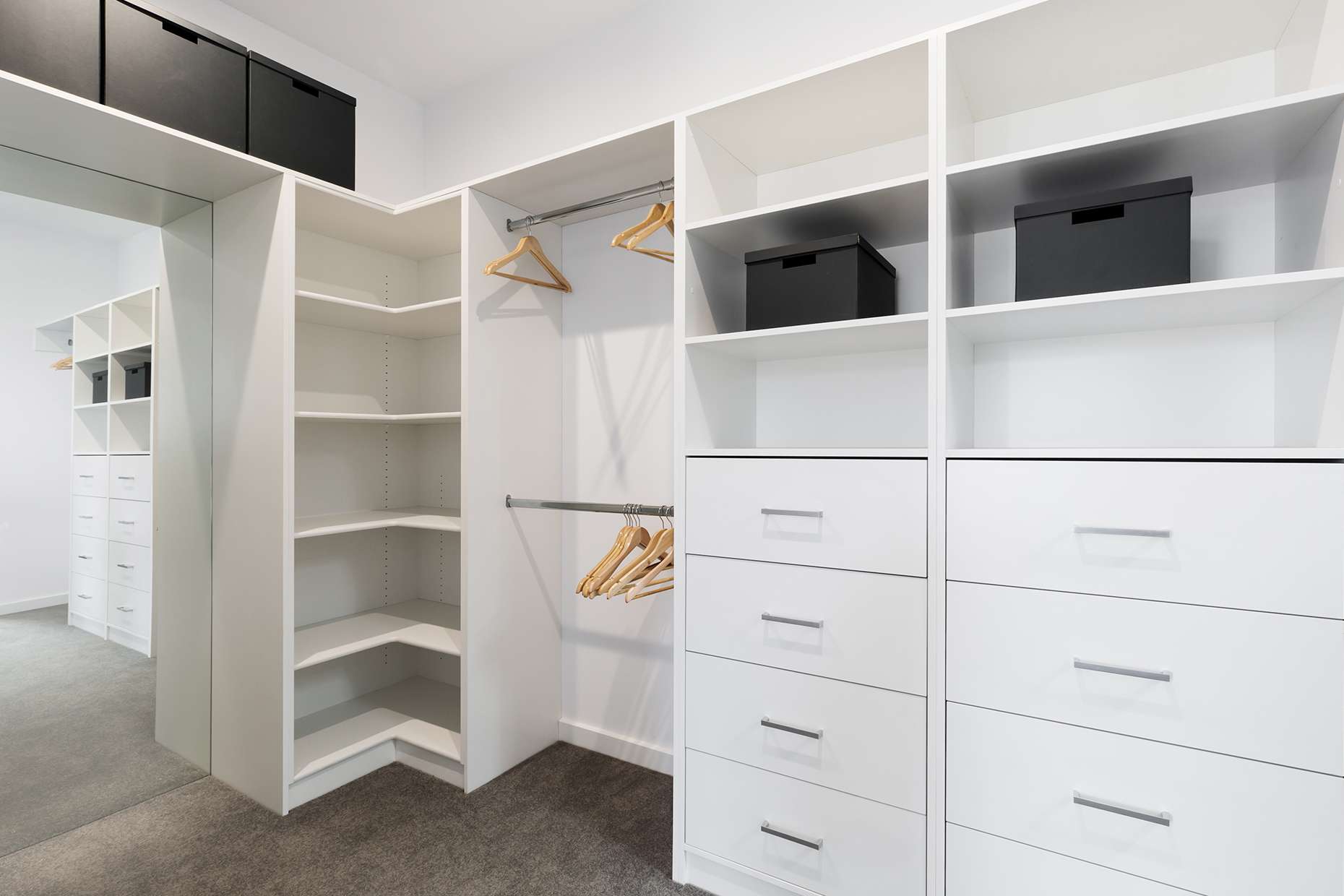
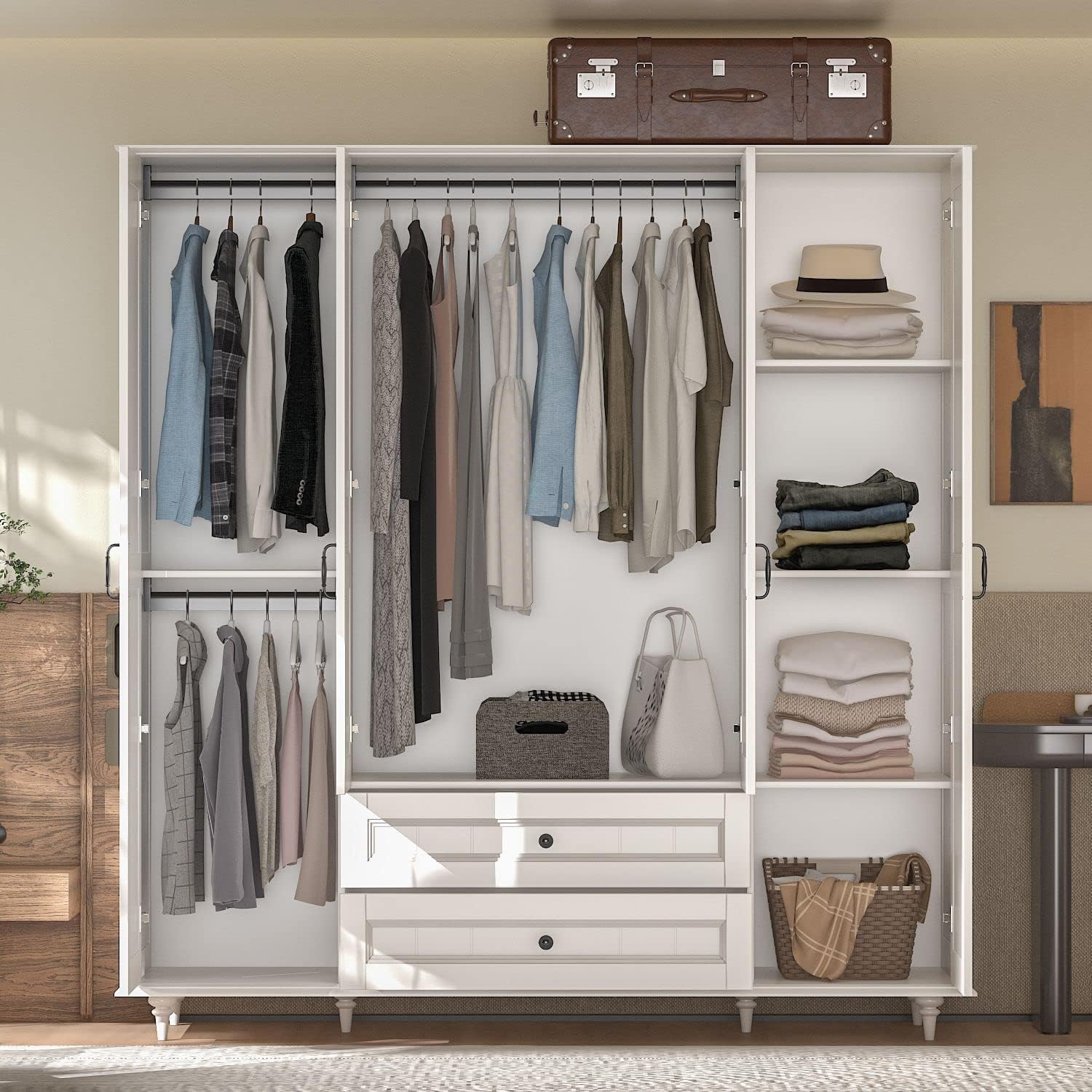
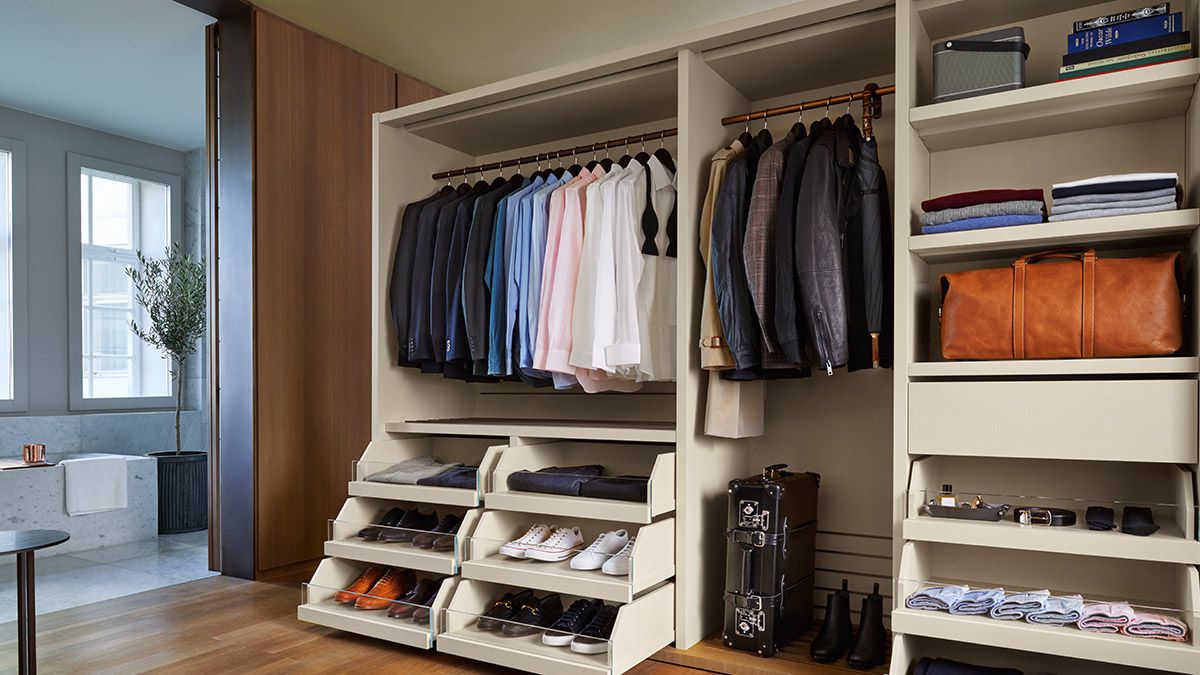
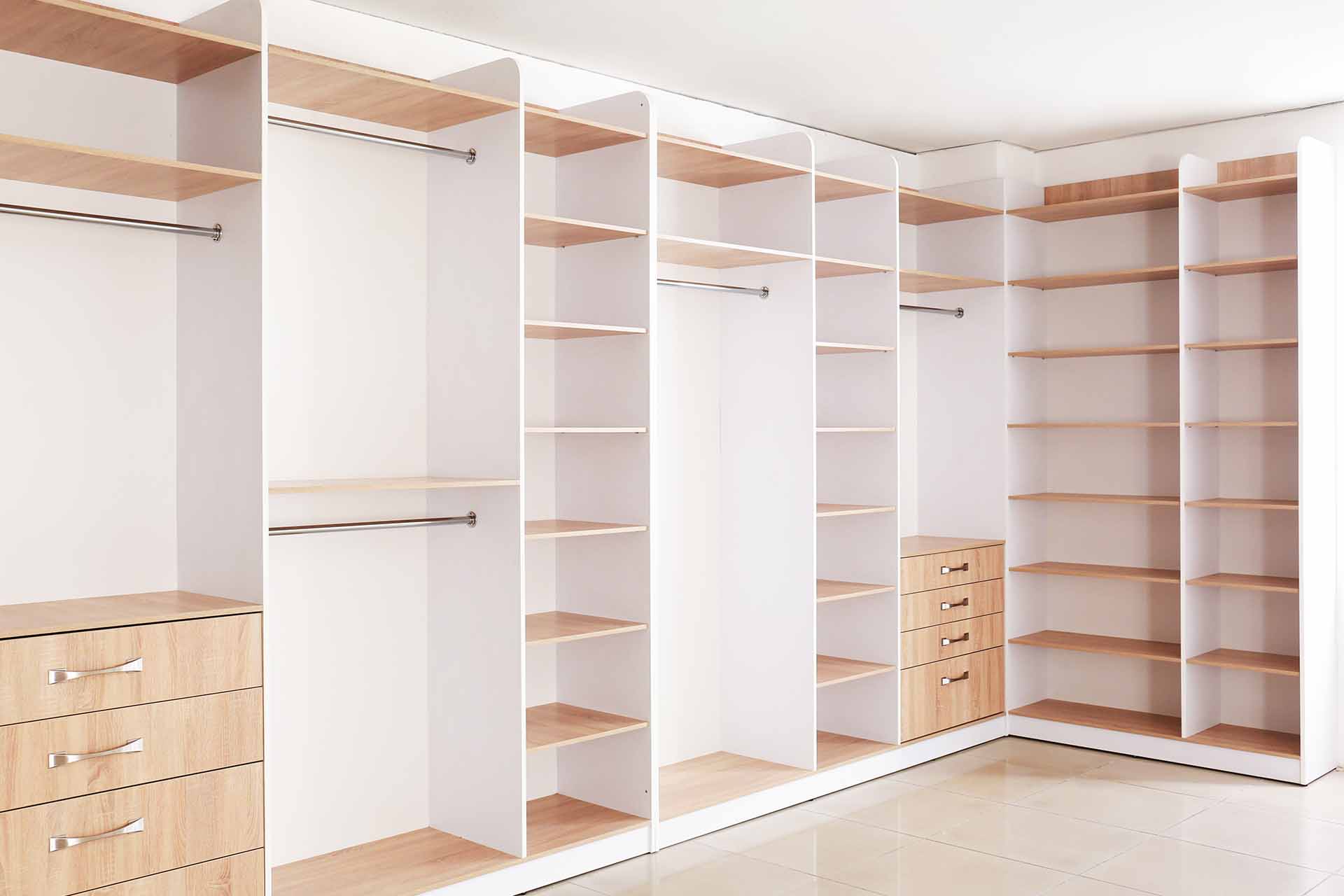
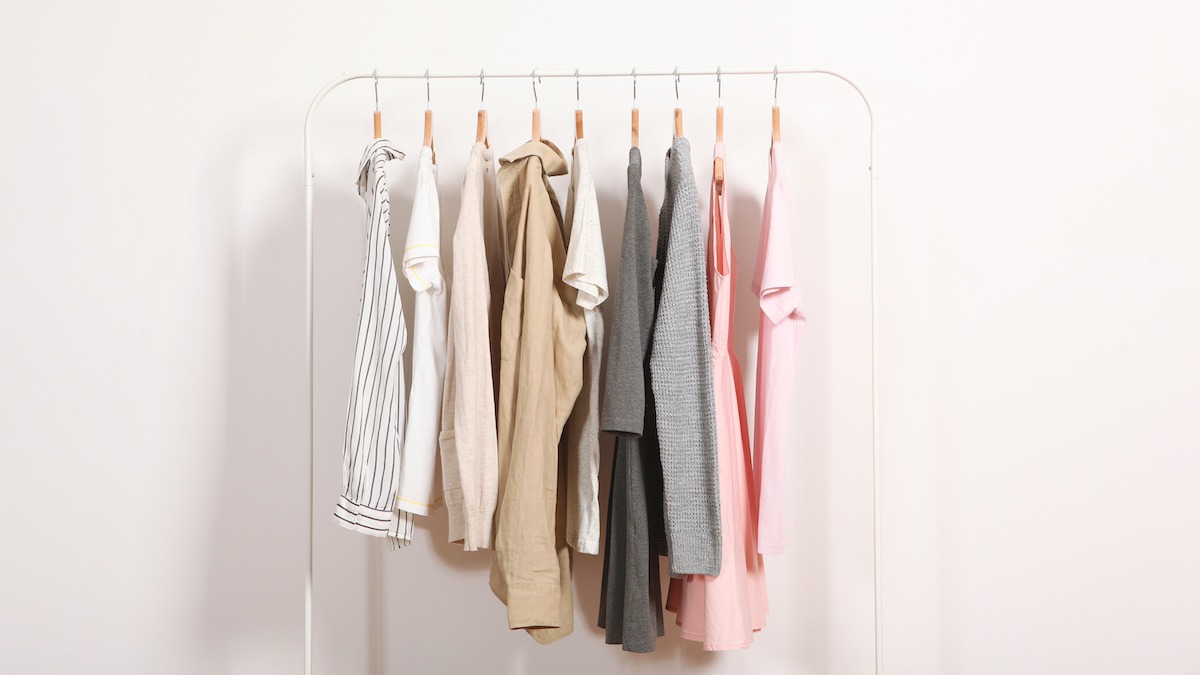
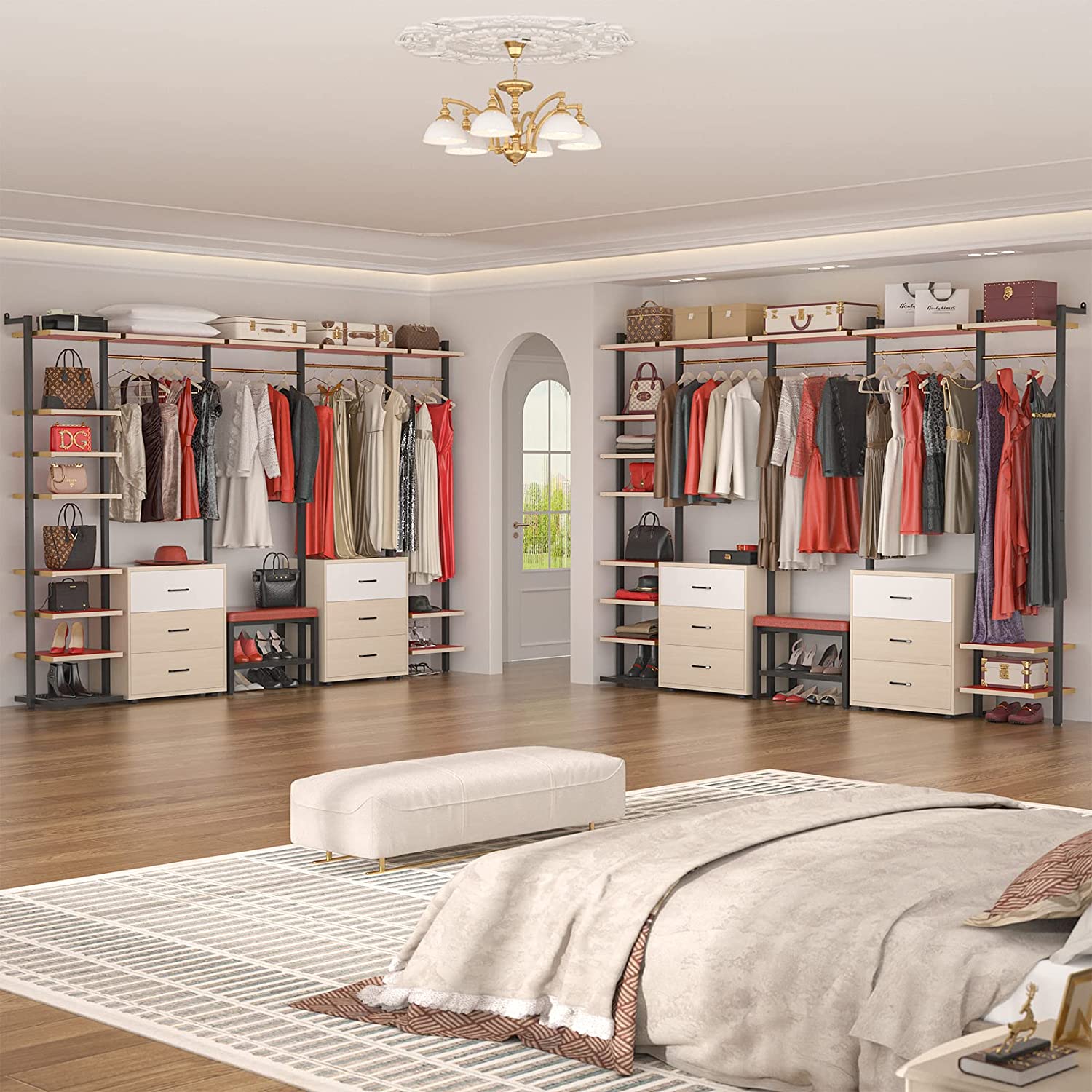
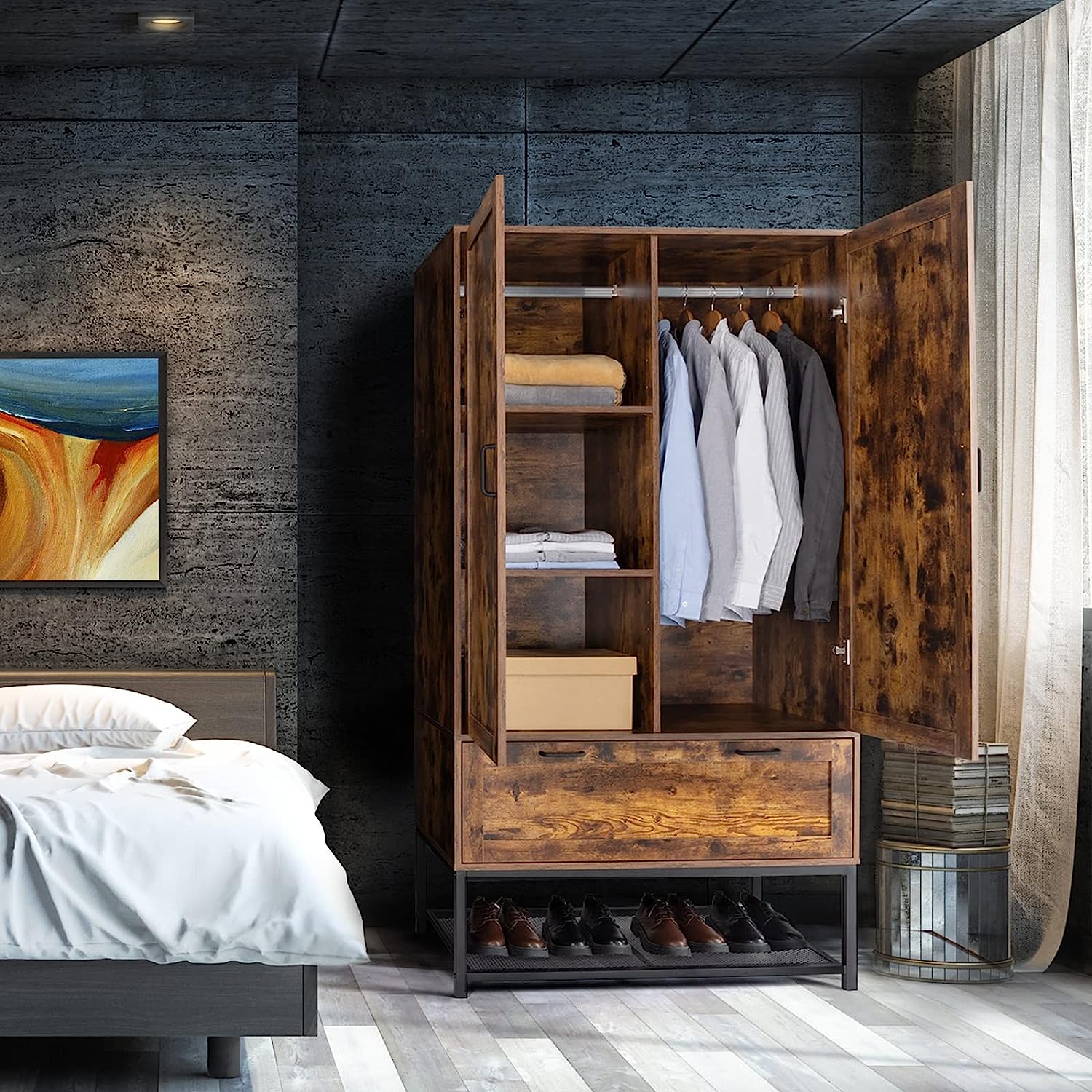
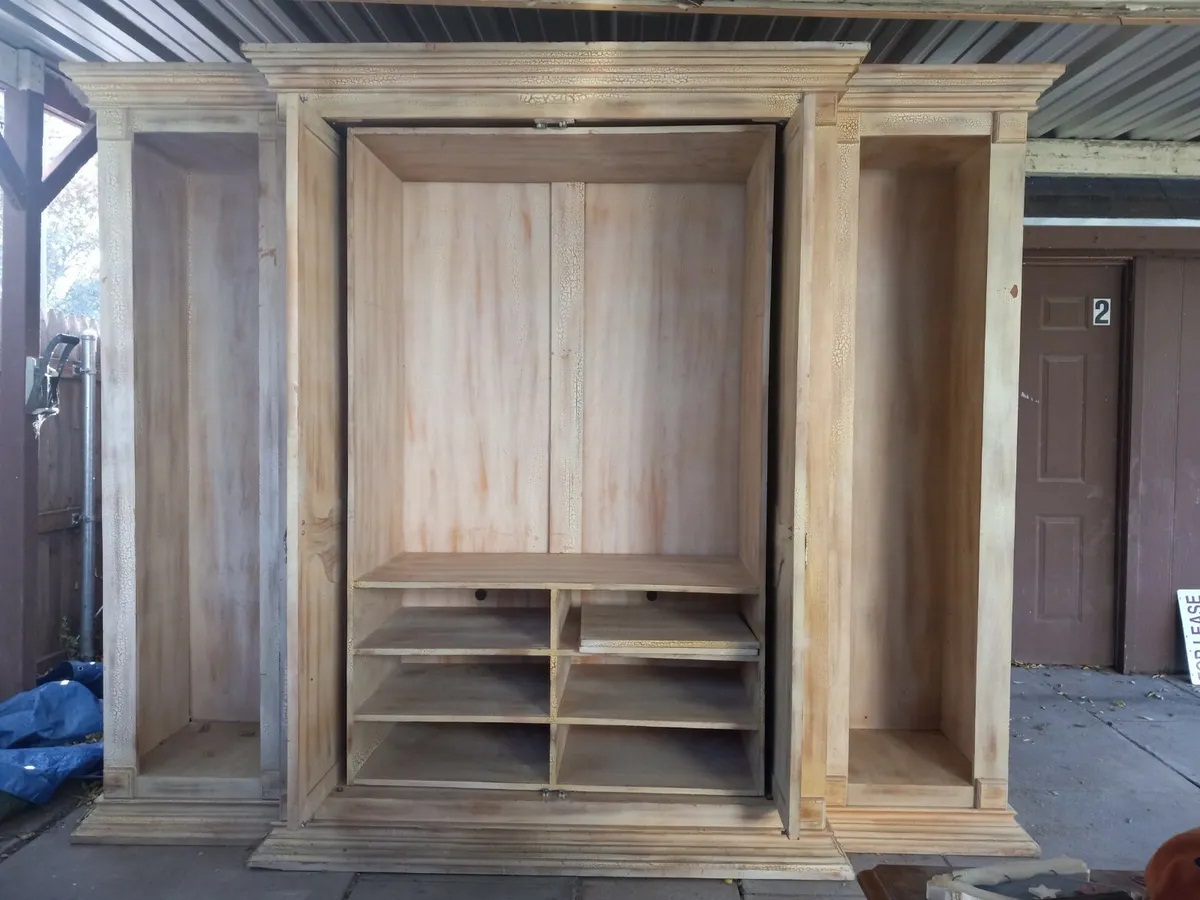
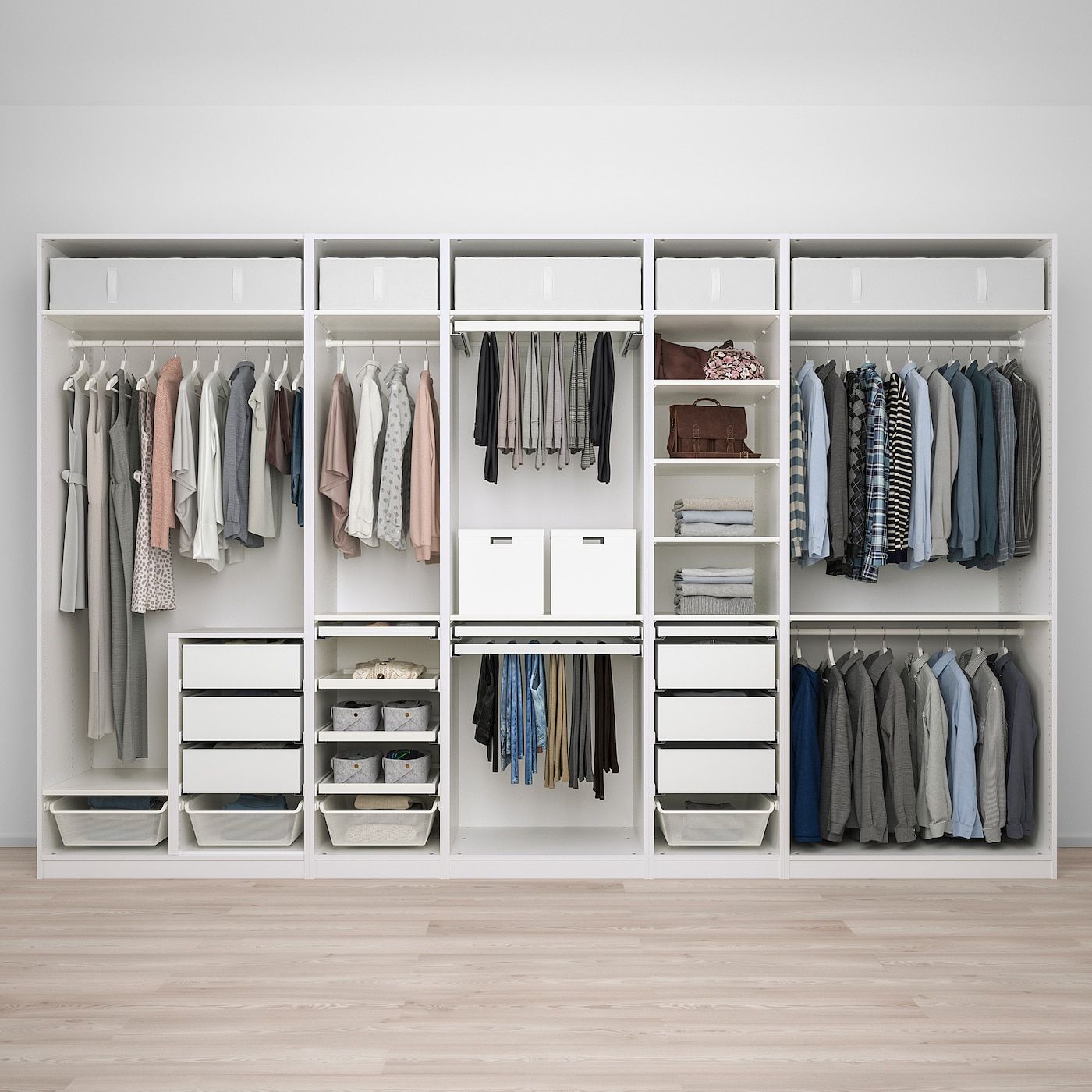
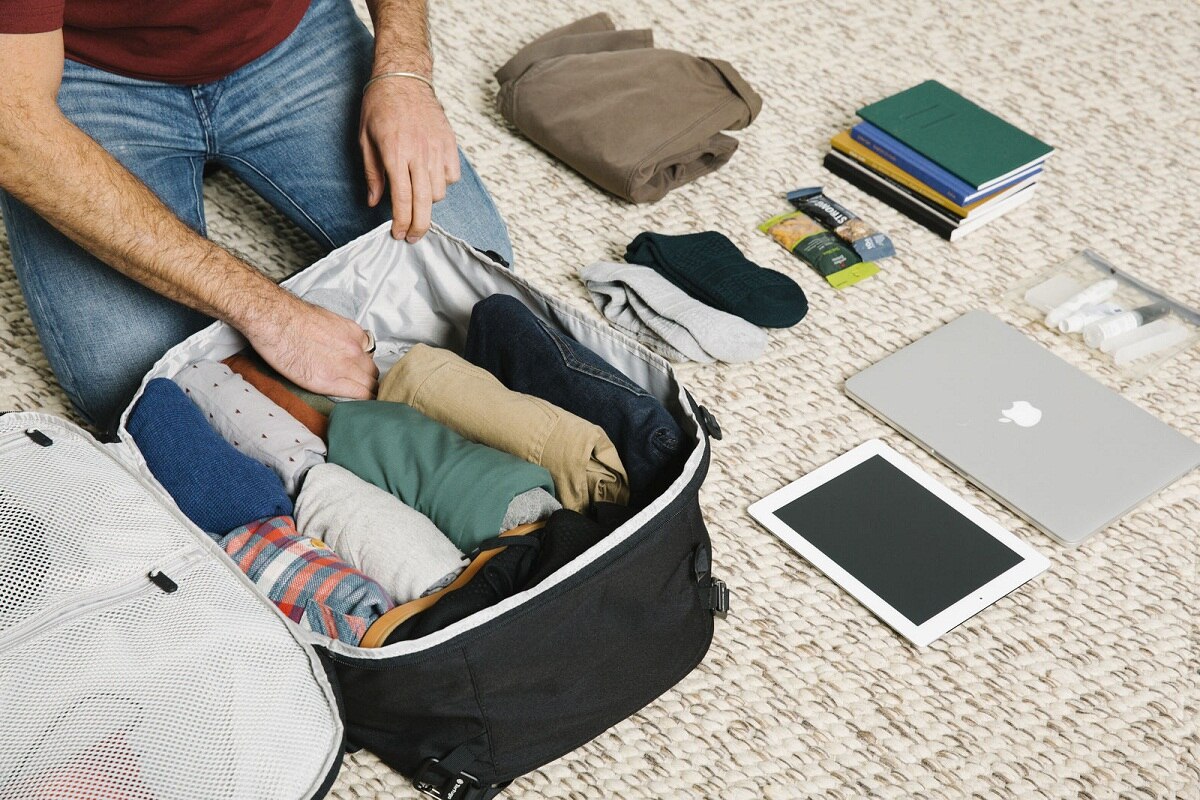
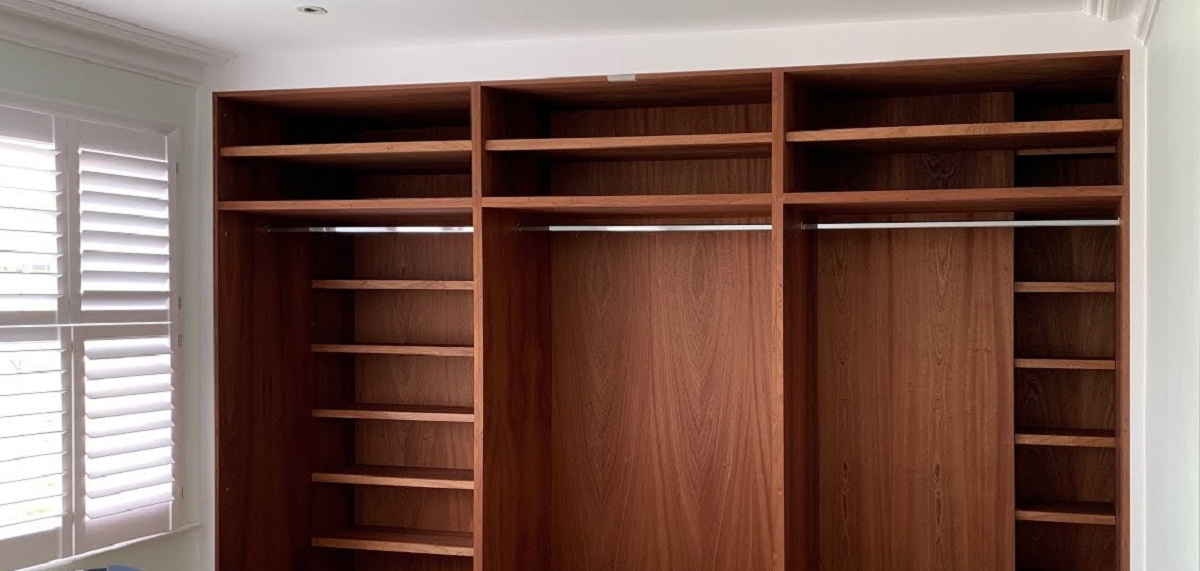
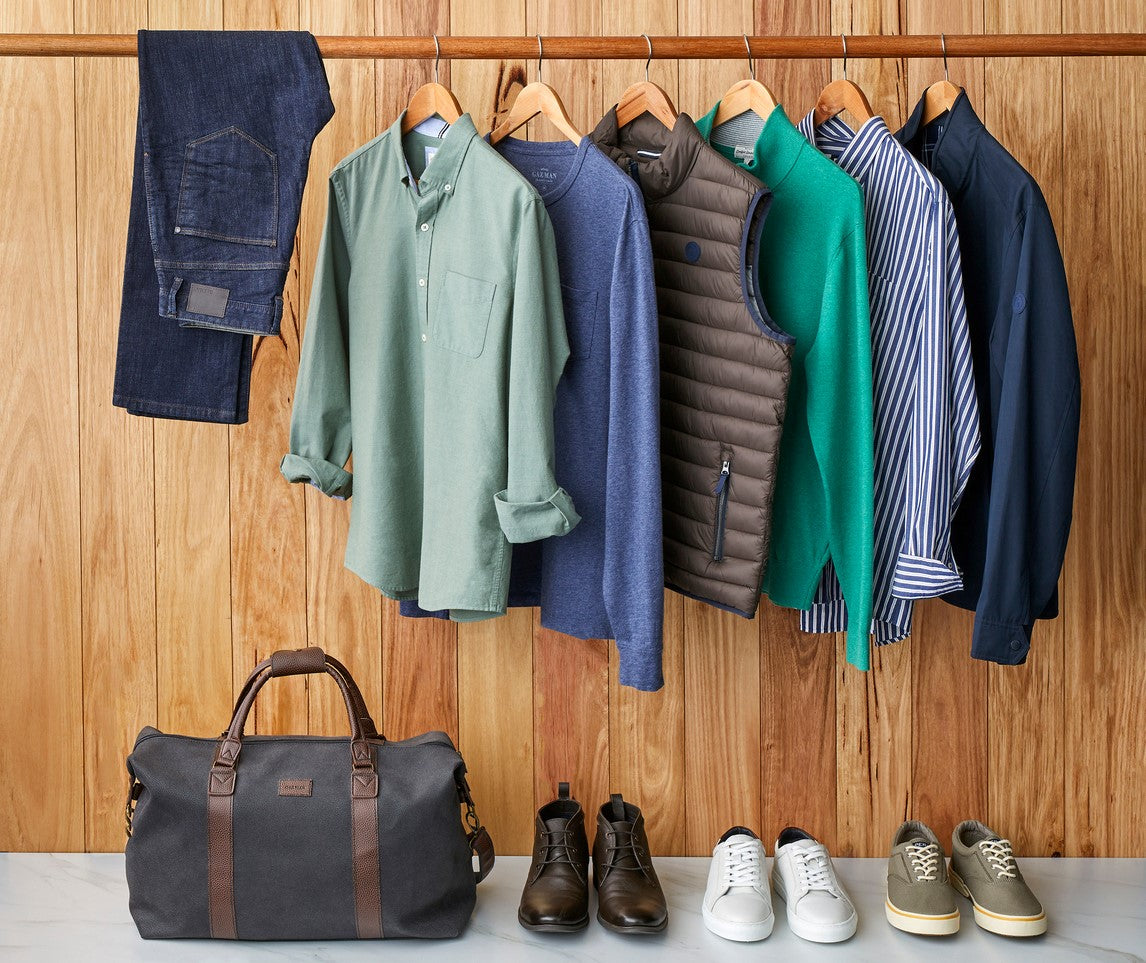
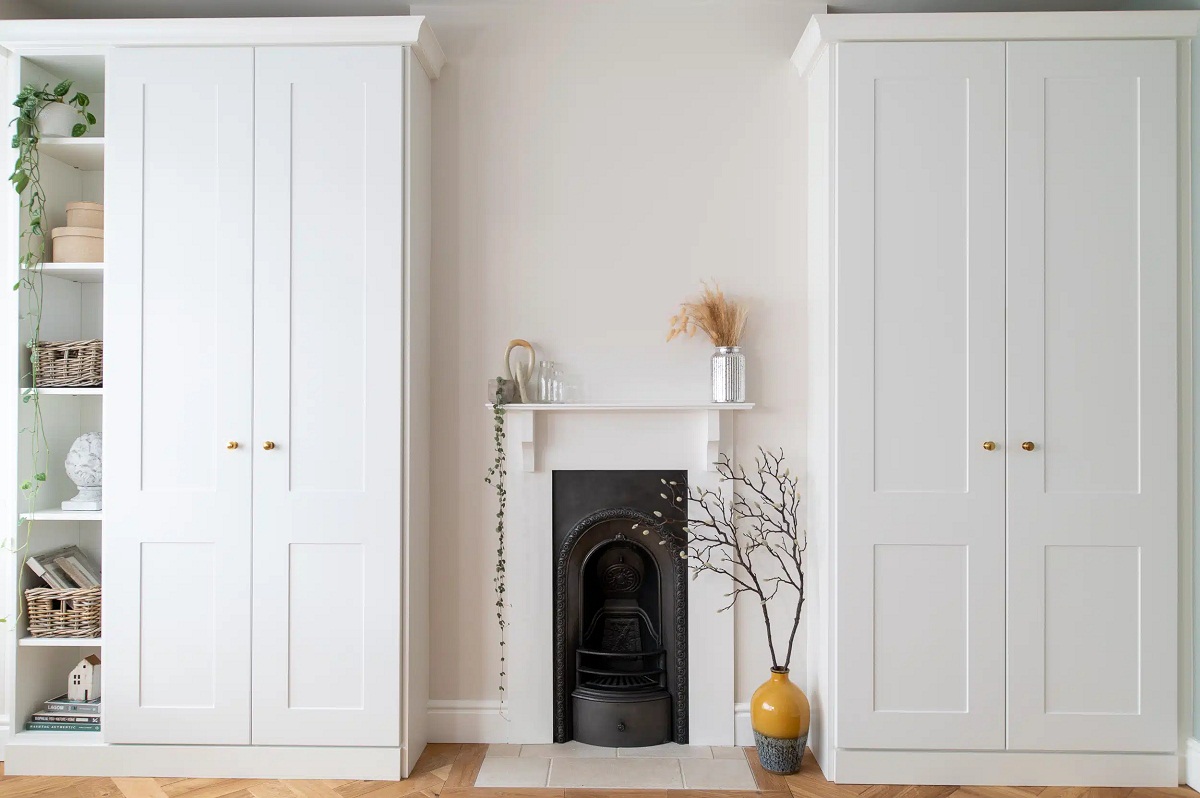

0 thoughts on “How To Build Work Wardrobe”